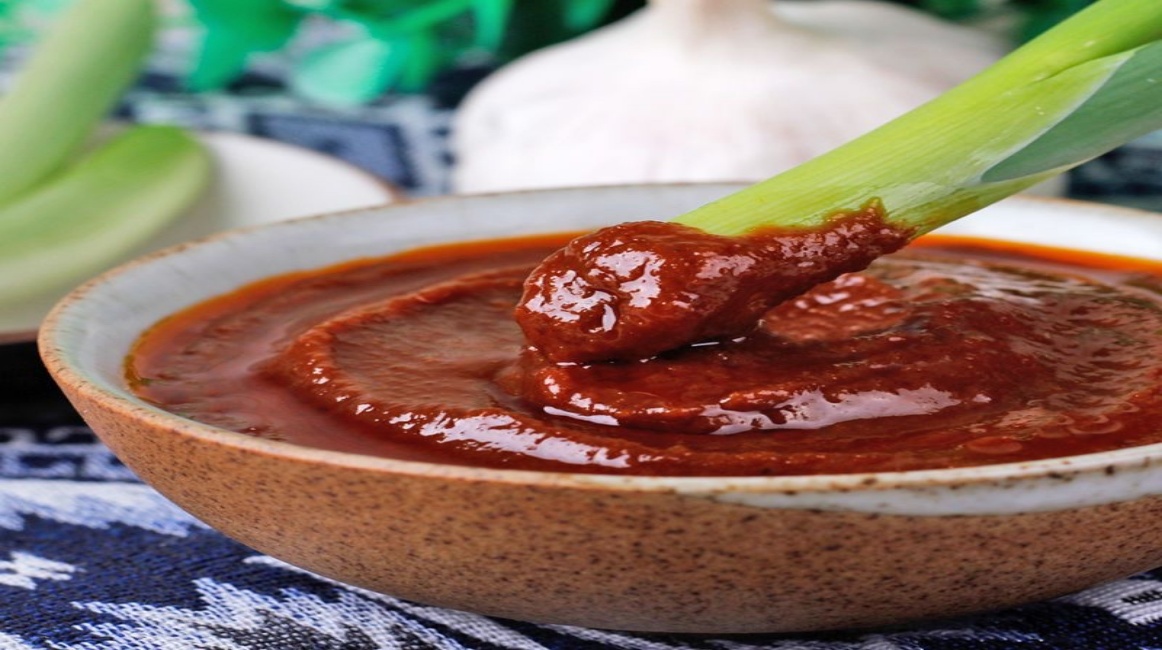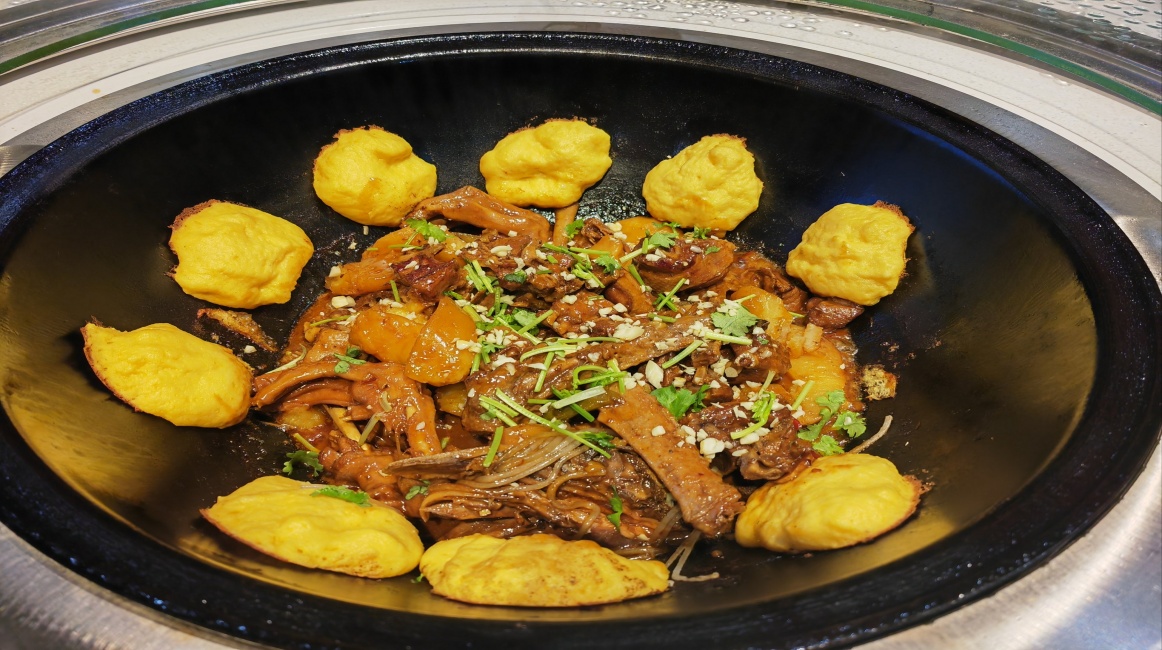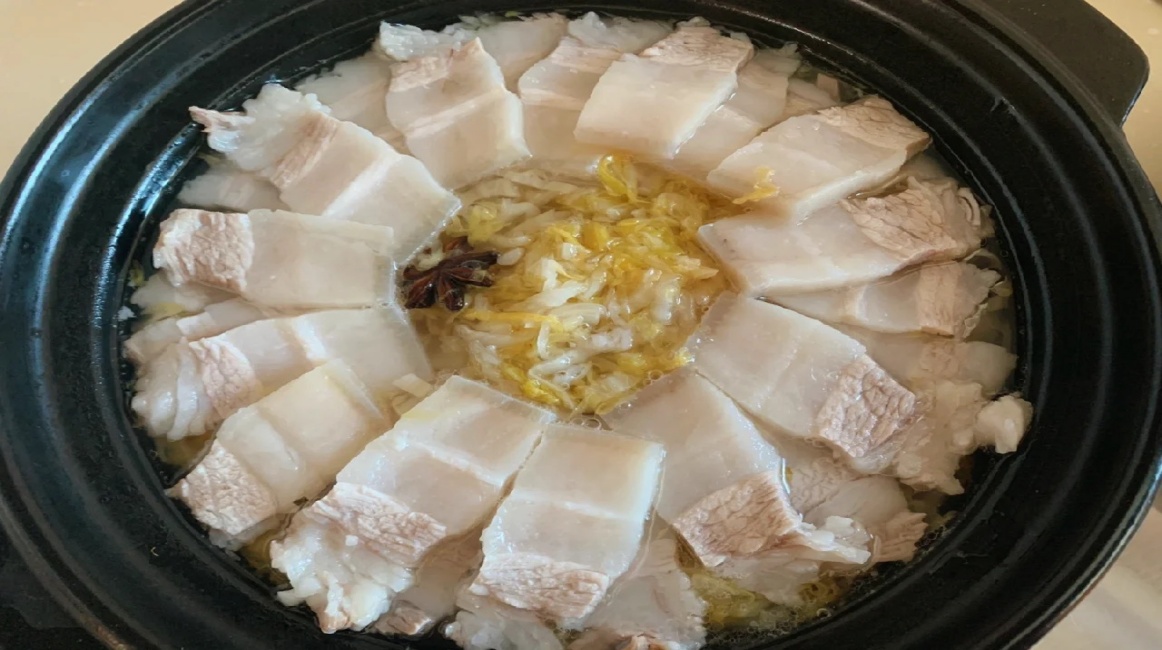Located between the white mountains and black waters of Northeast China, Northeastern cuisine, like the people of this land, possesses an unadorned boldness and a heartwarming warmth. As a unique cuisine that blends the flavors of Manchu, Korean, and Mongolian ethnic groups, incorporating techniques from Shandong, Beijing, and even Russian cuisines, Northeastern cuisine, characterized by its generous portions, rich flavors, and smoky, hearty cooking, has become an important symbol etched in the taste memories of the Chinese people. It may lack the elaborate presentation of the four major Chinese cuisines, but it uses the most authentic ingredients and the most genuine techniques to showcase the bounty of the black soil and the warmth of human connection.

The foundation of Northeastern cuisine lies in the abundant gifts of nature. The vast plains yield abundant grains, oils, vegetables, and fruits; the deep mountains and dense forests harbor delicacies such as ginseng, matsutake mushrooms, and hazelnuts; the rivers, lakes, and seas nurture plump, fresh fish; and the seafood from the Liaodong Peninsula is especially sweet and tender. These uniquely endowed ingredients have created the characteristics of Northeastern cuisine: "using local ingredients and highlighting the original flavors." To withstand the long, harsh winters, Northeasterners invented methods for preserving sauerkraut and braised meats. The tangy, rich sauerkraut is not only the soul of stews but also a culinary memory that sustained them through their migration to Northeast China. Meanwhile, distinctive seasonings like Northeastern soybean paste and Korean chili sauce imbue each dish with a unique regional flavor, layered in saltiness and warmth.

On the Northeastern dining table, every main dish holds a story and a story. Sweet and sour pork is undoubtedly the most famous Northeastern dish. Created by Zheng Xingwen, a chef at the Daotai Mansion in Harbin, this dish was originally a modified version of "Guobaorou" (a type of braised pork) to cater to Russian guests, but has now become a national favorite with its sweet and sour taste. Thinly sliced pork tenderloin is coated in egg white and starch, deep-fried twice until crispy on the outside and tender on the inside, then quickly stir-fried with a sweet and sour sauce. The aroma is irresistible, the outer shell is crispy yet firm, and the inside is tender and juicy—one bite is pure bliss. Chicken stew with mushrooms is the soul of Northeastern stew. Originally a delicacy of wild game for hunters, it's now made with domestic chicken and dried hazel mushrooms. The dried mushrooms release rich guanylic acid during stewing, blending perfectly with the chicken's savory flavor. The broth is thick, the meat tender, and a bowl of this dish dispels the winter chill and fills you with the warmth of home.

"Three Treasures of the Earth" transforms ordinary ingredients into a stunning dish. Eggplant, potatoes, and green peppers—three common vegetables—are fried to tender, fluffy, and crispy respectively, then quickly stir-fried over high heat until the sauce thickens, resulting in a glossy, savory, and delicious dish. This seemingly simple dish tests a deep understanding of the ingredients' characteristics, much like the Northeastern character—simple yet wise. Besides, dishes like braised monkey head mushrooms from Heilongjiang, pork belly and blood sausage from Jilin, and scallops and abalone from Liaoning represent the unique flavors of the three provinces, each with its own distinct character—whether rich and hearty, sour and spicy, or fresh and crisp—forming the rich tapestry of Northeastern cuisine.

The soul of Northeastern cuisine lies not only in its flavors but also in its inclusiveness and lively atmosphere. Whether it's a small street stall's iron pot stew or a family gathering's mixed stew, the large iron pot bubbling and steaming, the ingredients swirling and blending in the broth, a balanced mix of meat and vegetables, symbolizing the inclusiveness and generosity of the Northeastern people. A Northeastern meal is invariably served in large platters and bowls, with a complete array of meat and vegetables. The tangy and refreshing sauerkraut and pork belly hot pot, the rich and savory braised pork ribs, and the sweet and chewy candied sweet potatoes, all served with a bowl of fragrant rice or cornbread, ensure everyone eats to their heart's content. This "unpretentious and practical" dining style is a true reflection of the Northeastern people's hospitality, making every diner feel the warmth of home.

Today, Northeastern cuisine has long since transcended its geographical boundaries, becoming a beloved flavor across the country. While it may still carry the stereotype of being "large portions and rough around the edges," its purity and authenticity rooted in the black soil, and the warmth and boldness hidden within its everyday cooking, remain unchanged. From the simple fare of the early days of migrants to the Northeast to the culinary feasts of today, Northeastern cuisine not only records regional changes and cultural fusion but also warms the hearts of everyone who loves life with its most authentic flavors. This is the charm of Northeastern cuisine—unpretentious yet deeply touching, its large plates and bowls overflowing with the bounty of the black soil and the warmth of human connection.



